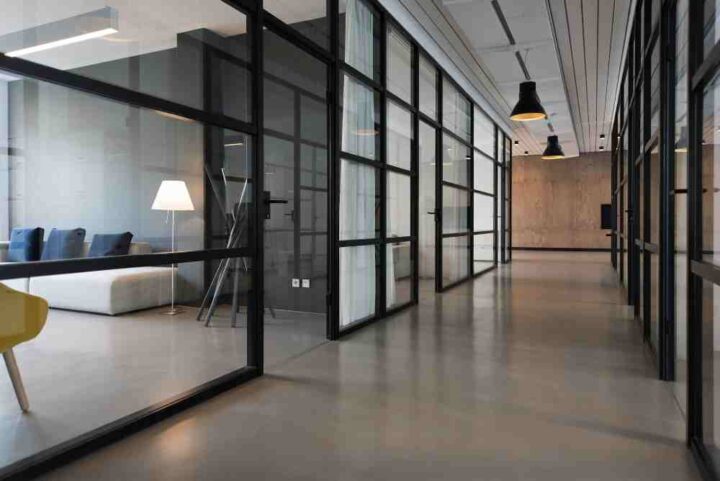How To Make A Commercial Space Safe For Employees And Customers
Creating a safe and secure commercial space is a top priority for businesses, as it not only ensures the well-being of employees but also builds trust among customers. Whether it’s a retail store, office, or restaurant, implementing comprehensive safety measures is crucial today. Here’s a guide on making a commercial space safe for employees and customers.

Conduct a Risk Assessment:
Begin by conducting a thorough risk assessment of the commercial space. Identify hazards such as slippery floors, faulty wiring, or inadequate lighting. This evaluation should encompass all areas of the facility, including workspaces, common areas, and emergency exits. While performing this assessment it is also crucial to make note of anything that sticks out and create a priority outline of what needs to be handled first, which will typically be the greatest risk to others. This can also include making sure that you are paying special attention to fire safety. Regularly service and maintain fire safety equipment to ensure that it is in optimal working condition. This way you can ensure the overall safety of the commercial space for both employees and customers.
Install Adequate Lighting:
Proper lighting is essential for safety, as inadequate lighting can lead to accidents and create an environment conducive to criminal activity. As noted by the premises liability attorneys in Chicago, countless injuries and lawsuits could have been avoided if there had been appropriate lighting in place. Ensure that all areas of the commercial space are well-lit, especially entrances, exits, parking lots, and corridors. If you are worried about an electric bill, consider using motion-activated lights for added security during non-business hours.
Implement Access Control Measures:
Control access to the commercial space by implementing security measures such as key card systems, biometric scanners, or electronic locks. This helps prevent unauthorized entry and ensures that only employees and approved individuals can access certain areas. This eliminates the possibility of someone who doesn’t know the space or potential hazards from wandering in, becoming injured, and filing a legal claim.
Prioritize Fire Safety:
Install and regularly maintain fire safety equipment, including fire extinguishers, smoke detectors, and sprinkler systems. Conduct regular fire drills to ensure that employees are familiar with evacuation procedures. Mark emergency exits and keep escape routes unobstructed.
Maintain Clean and Tidy Spaces:
A clutter-free environment is not only visually appealing but also safer for everyone. Regularly clean and organize workspaces, aisles, and common areas to reduce the risk of trips, falls, and accidents. Not only does this help to prevent unnecessary injury, but in many states, there are fire codes that prevent the blocking of certain areas that may prevent evacuation during a fire.
Provide Adequate Training:
Employee training is crucial for maintaining a safe commercial space. Conduct regular safety training sessions to educate employees about emergency procedures, proper handling of equipment, and the importance of reporting hazards promptly. Well-informed employees are better equipped to contribute to a safe work environment.
Enforce Health and Hygiene Practices:
Especially in the wake of global health concerns, prioritize health and hygiene practices. Provide hand sanitizing stations throughout the commercial space and encourage regular handwashing. Implement cleaning protocols for shared spaces and frequently touched surfaces.
Develop a Crisis Management Plan:
Prepare for unexpected events by developing a comprehensive crisis management plan. This plan should include procedures for handling emergencies such as natural disasters, security breaches, or public health crises. Communicate the plan to all employees and conduct regular drills to ensure everyone is familiar with the protocols.
Stay Informed and Adapt:
Keep abreast of the latest safety guidelines and regulations applicable to your industry. Regularly review and update safety protocols to address evolving threats and challenges. This proactive approach demonstrates a commitment to the well-being of both employees and customers.
Creating a safe commercial space requires a multifaceted approach that addresses physical safety, health concerns, and security measures. By following these steps, businesses can foster an environment that prioritizes the well-being of both employees and customers. This not only contributes to a positive workplace culture but also builds trust and loyalty among customers, who appreciate a commitment to their safety and security.


